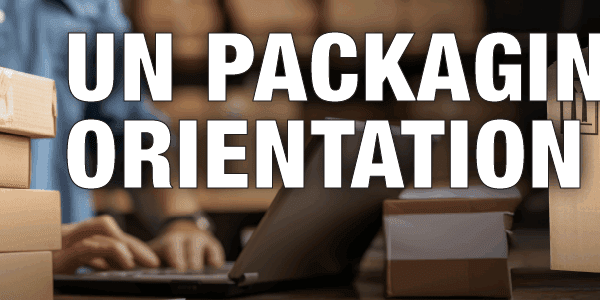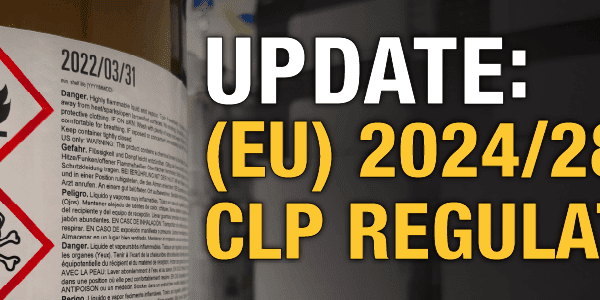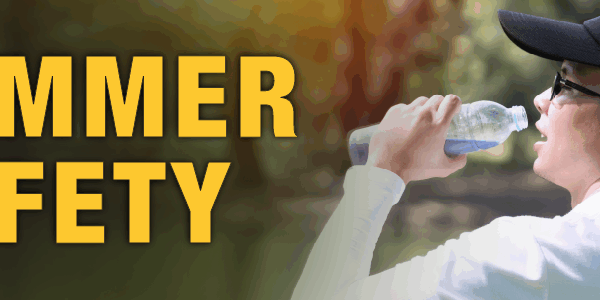 Martha Coston Revolutionized Marine Communication
Martha Coston Revolutionized Marine Communication
Most inventors of life-saving technology start their stories in diligent studies of chemistry and engineering, or at least in hard-working apprenticeship. Not Martha Coston, though. Her path to revolutionizing 19th century marine communication began with a teenage elopement followed by a tragic widowhood, but ended with her becoming a successful entrepreneur, saving lives at sea, and helping win the Civil War.
Early Life
Martha was born in Maryland in 1826. At the age of sixteen she fell in love with a young scientist, Benjamin Franklin Coston, and eloped, to the dismay of her widowed mother. Although Franklin was a brilliant inventor in his own right, his health declined soon after their marriage, probably due to chemical exposure in his job as the director of the U.S. Navy’s scientific laboratory, where he worked for some time on developing signal rockets. He died in 1848, and his passing was shortly followed by the loss of two of Martha’s children and her mother.
Bereft of family support and facing penury, Martha started going through Benjamin’s papers looking for work she could sell. One set of notes gave an outline for a signaling system using color-coded flares, but Benjamin had never worked out the details. Desperate, Martha started work to create a practical system. In her autobiography she explains how a firework display in New York City inspired her to work with chemists to complete the system. According to the Chinook Observer, “Mrs. Coston set to work, over 10 years learning about pyrotechnics and chemistry; learning how to hire, fire, and supervise chemists and other technical specialists; how to conduct business, working with government agencies, eventually including heads of state. She also learned how to keep from being swindled out of an excellent idea.”
Civil War Success
Martha was able to obtain a patent for her system, called Coston Flares in 1859. She attempted to sell the system to the Navy but was subject to various delays and obstructions. However, the Navy did agree to buy the kits she manufactured. According to Navy tests they reached the conclusion that “[t]he importance of being able to communicate between distant points at night under almost any circumstances can hardly be estimated , and in the Coston Signal , I think , you will find all that can be desired,” and praised how easy they were to understand at sea. Not dismayed by the Navy’s sluggishness, Mrs. Coston traveled through Europe negotiating with the British and French governments.
Following the outbreak of the Civil War in the United States, the U.S. Navy was soon outfitted with flare kits made by the Coston Manufacturing Company. These could quickly send messages such as the location of enemies and where gunboats should aim shells. They were particularly useful in catching Confederate blockade runners and helping naval bombardments. Admiral David Porter later commented on his victory at the Battle of Fort Fisher, “I shall never forget the beautiful sight presented at ten o’clock at night when Fort Fisher fell…. The order was given to send up rockets without stint and to burn the Coston Signals at all the yard-arms.”
After the War
After the conclusion of the Civil War, Coston signals were still in demand by the U.S. government. Every station of the United States Life-Saving Service (a precursor to the Coast Guard) was equipped with them. In 1892, the annual report of the service, mentions that “253 vessels were warned at night by the Coston signals of the patrolmen. … In consideration of the fact that a great number of these craft would have met with disaster, neither the fidelity of the watchmen nor the importance of the patrol system [including the Coston signals] can be overestimated.” Her company expanded over the years to many more life-saving devices, such as a gun that shot a line to ships in distress.
Conclusions
Martha Coston succeeded at helping her country and saving lives by her sheer determination. Her autobiography, A Signal Success, details her struggles with bureaucracy and those who disregarded her because of her sex. But her dedication to her family and her love of country made her push forward undeterred.
Questions?
Transport safety is still a vital issue in the 21st century, and we can help you with your hazmat issues. Our team of experts is just a call away for our customers at 855.734.5469 or send us an email, we’re happy to help. We have a full range of supplies and consulting for your transportation needs.
Stay up to date and sign up for our newsletter!
We have all the products, services and training you need to ensure your staff is properly trained and informed.
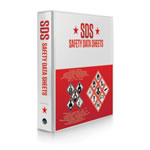 Safety Data Sheet Safety Data Sheet(SDS) Services |
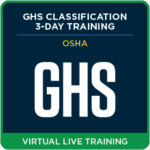 OSHA/WHMIS/GHS OSHA/WHMIS/GHSTraining Courses |
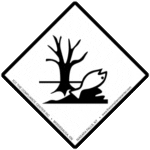 Environmentally Hazardous Environmentally HazardousSubstance Labels |
Sources:
Chinook Observer, “This Nest of Dangers: Martha Coston and the saving of lives”
Coston, Martha, A Signal Success, Philadelphia: 1866
MarineLink, “Coston Supply Company”
Syun, Lisa, “Martha Coston, A Flare for the Extraordinary”
Wikipedia, “Martha Coston”

